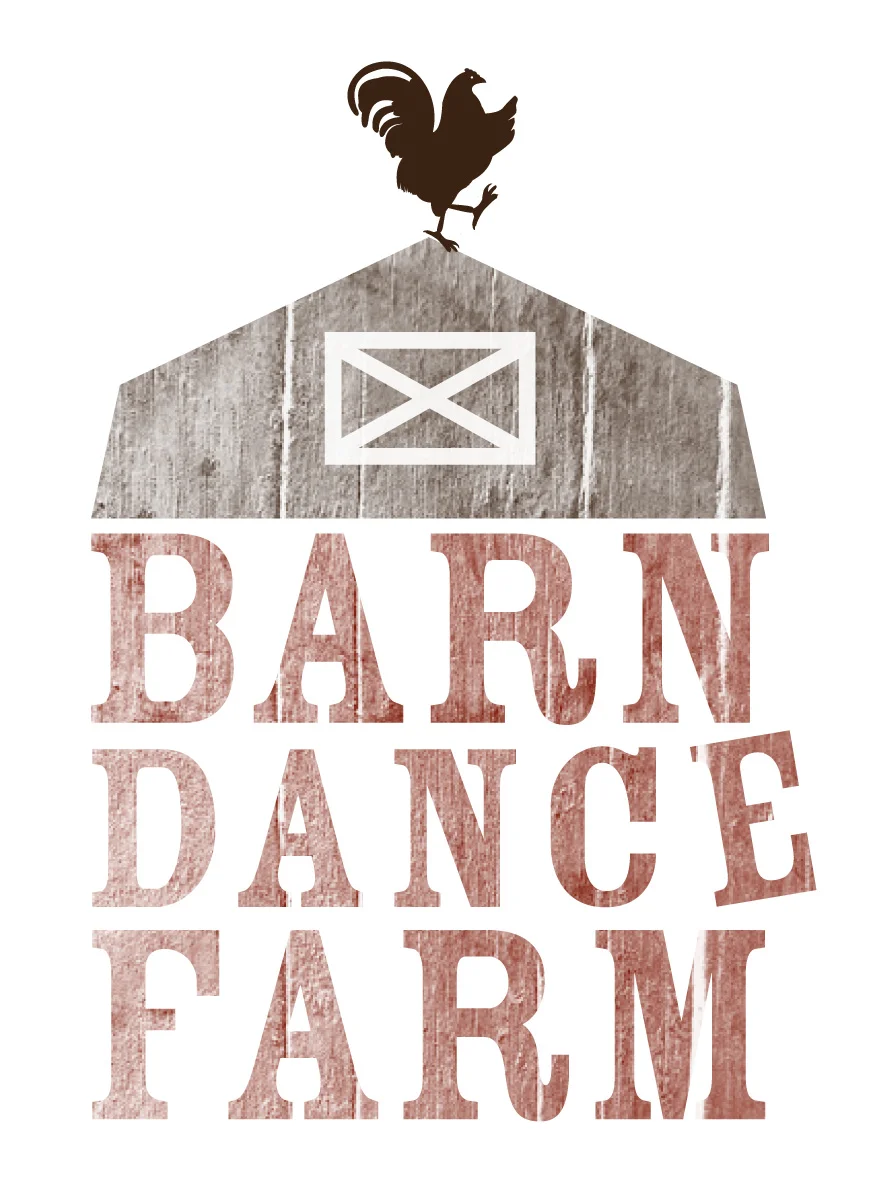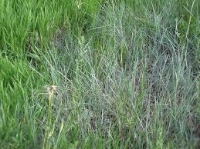Barn Dance Farm Cool-Season Grasses
The second part of my pasture will be the cool-season grasses. These grasses typically green up and begin to grow in the spring and then again in the late summer and early fall. This will provide early forage for the animals in the spring before the warm-season grasses begin to grow. These native cool-season grasses begin to grow later than some of the introduced cool-season grasses. I will need to have a grazing plan in place that will allow for this growth before I set the animals out.
Below are a few of the cool-season grasses that I am looking to incorporate into our native pasture.
Slender Wheatgrass (Elymus trachycaulus)
This is a perennial cool-season bunchgrass that grows 2 to 3 feet tall. It provides palatable and quality forage for the livestock as well as good hay. It is fairly easy to establish and can be overtaken by other species as time goes on. This will provide good weed and erosion control initially.
Western Wheatgrass (Pascopyrum smithii)
This is one of the most common cool-season grasses in plantings. It provides a good quality forage and is long-lived. This is a sod forming grass that spreads via rhizomes. This grass grows 1 to 3 feet tall.
Canada Wildrye (Elymus canadensis)
This is also a perennial cool-season bunchgrass that grows to 4 feet. It has wide waxy green leaves that provide good forage for grazing and hay. It is fairly easy to establish and will likely decrease over time with grazing.
I will look at the wildflowers next - they are most visually stunning. They will provide a variety to the pasture that will allow the animals to choose what they want to eat. The animals are wonderful at knowing what their bodies need and just need access to this variety. This is why I am trying to provide a variety of grasses and forages.



